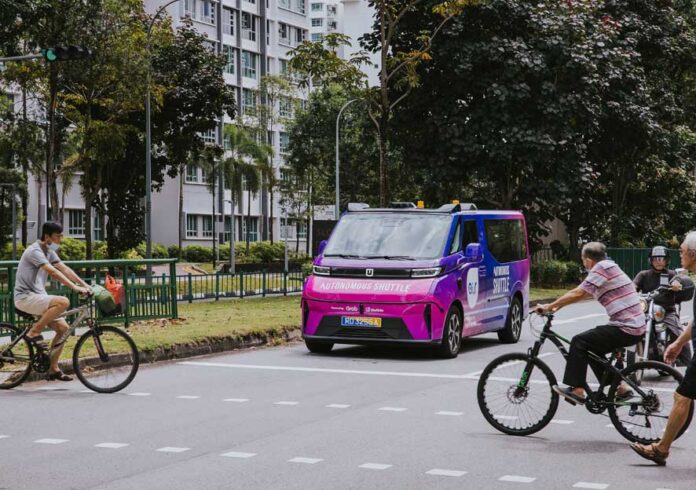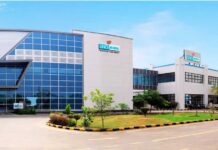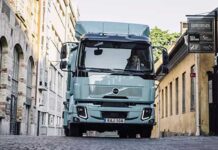
WeRide, a global leader in autonomous driving technology, and Grab, Southeast Asia’s leading superapp, have received approval from Singapore’s Land Transport Authority (LTA) to conduct autonomous vehicle (AV) testing in Punggol with the full Ai.R (Autonomously Intelligent Ride) fleet.
The Punggol district marks Singapore’s first residential neighbourhood to host public autonomous shuttle services, with testing having begun in mid-October 2025. With LTA approval, WeRide and Grab plan to quadruple AV test runs on shuttle service routes by the end of 2025 to ensure safety and efficiency ahead of the public launch.
The Ai.R fleet consists of 11 autonomous vehicles, including 10 GXRs (five-passenger capacity) and one Robobus (eight-passenger capacity). These tests are crucial for preparing the launch of Ai.R’s autonomous shuttle service, which will operate on two dedicated routes in Punggol. The service is expected to welcome its first public passengers by early 2026.
This milestone reinforces Singapore’s position as a pioneer in autonomous mobility and highlights the growing role of self-driving technology in public transportation.
Throughout the AV testing and initial phase of public rides, Safety Operators will be onboard the AVs at all times, providing real-time supervision.
The autonomous shuttle service in Punggol will connect residents to key amenities like Punggol Coast MRT station, Punggol Coast Mall bus interchange, malls, and clinics.
Rigorous real-world testing to ensure reliability
During the AV test runs, the AVs gather and analyze real-world data to localize their AI driving models. This includes details on road infrastructure, traffic flows, and the nuanced behaviours of local road users and pedestrians. The AVs are also trained to handle a variety of weather conditions – such as sudden rain and intense sun glare – to ensure reliable operations.
In addition, the AVs continuously calibrated their driving performance. For example:
- Refine Precision Driving Capabilities: The AVs rehearse their operating routes to hone driving capabilities, including executing precise turn timing, smooth acceleration and deceleration, and maintaining optimal distance from all obstacles.
- Master Urban Scenarios: The AVs are trained to safely navigate common and complex urban scenarios, such as tight turns on narrow residential roads and in carparks, while maintaining safety clearance from walls, pedestrians, and other vehicles.
- Execute Seamless Pick-ups & Drop-offs: Adjustments are also made to deliver gradual slowdowns and accurate stops at designated points, ensuring passengers can board and alight the shuttle effortlessly.
Equipped with a sensor suite consisting of LiDARs and cameras, the GXRs and Robobus have 360-degree vision, can “see” up to 200 metres in every direction, and can detect objects even in the rain. This helps the AVs to respond promptly and dynamically to hazards.
First cohort of Safety Operator trainees progress to on-road training
To support the roll-out of the Ai.R service, GrabAcademy (Grab’s training institution) and WeRide are training an initial cohort of more than 10 experienced Grab driver-partners for Safety Operator roles. Following theory lessons and closed-circuit practical training, the first cohort of Ai.R Safety Operator trainees have progressed to on-the-road training.
Mr Azman Bin Rahmad, an Ai.R Safety Operator trainee said, “I’m excited to be among the first to train as an AV Safety Operator. I’ve seen firsthand how these vehicles operate and how our feedback directly enhances their performance. I look forward to learning more about this advanced technology, and working with it to support Singapore’s transport needs.”






